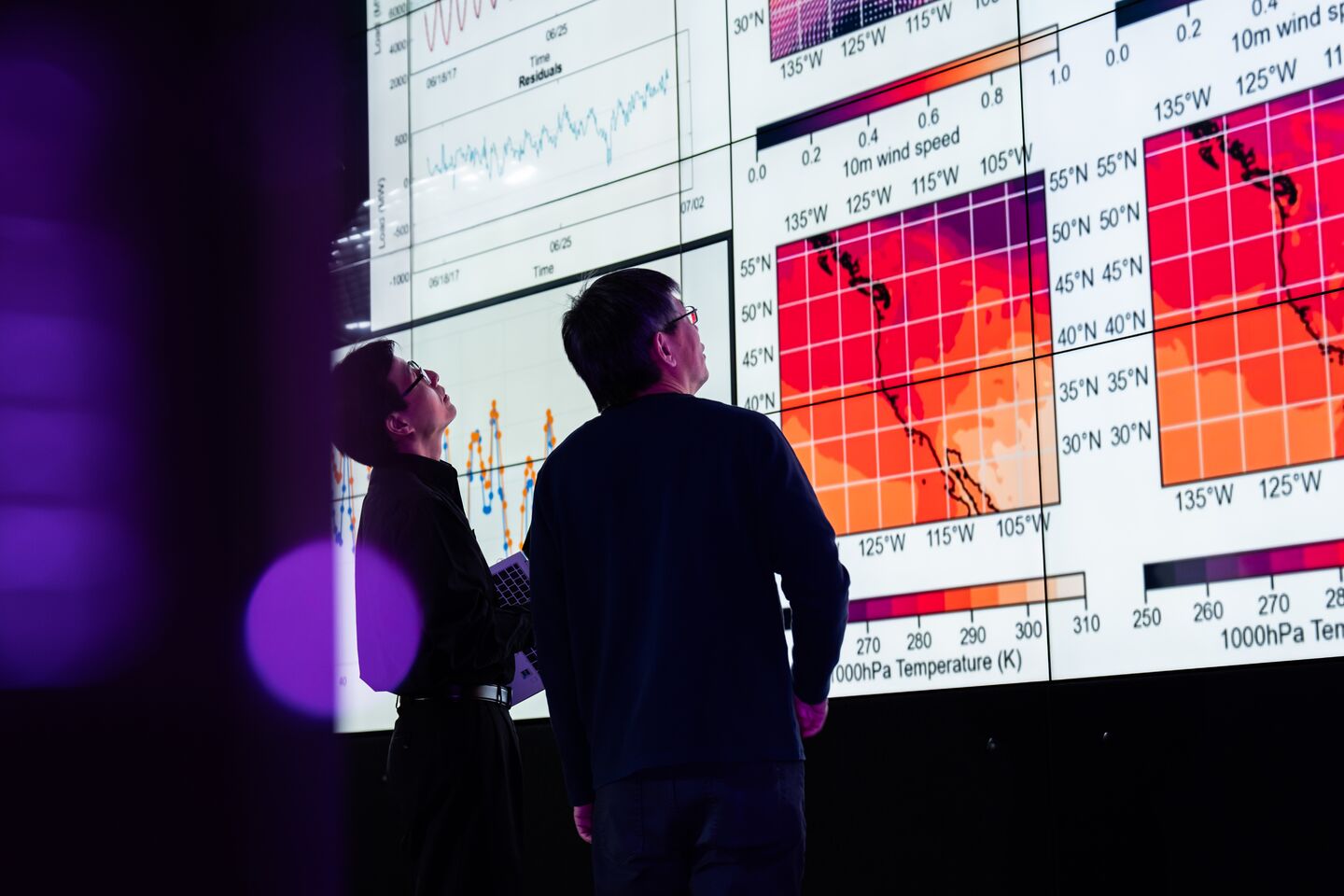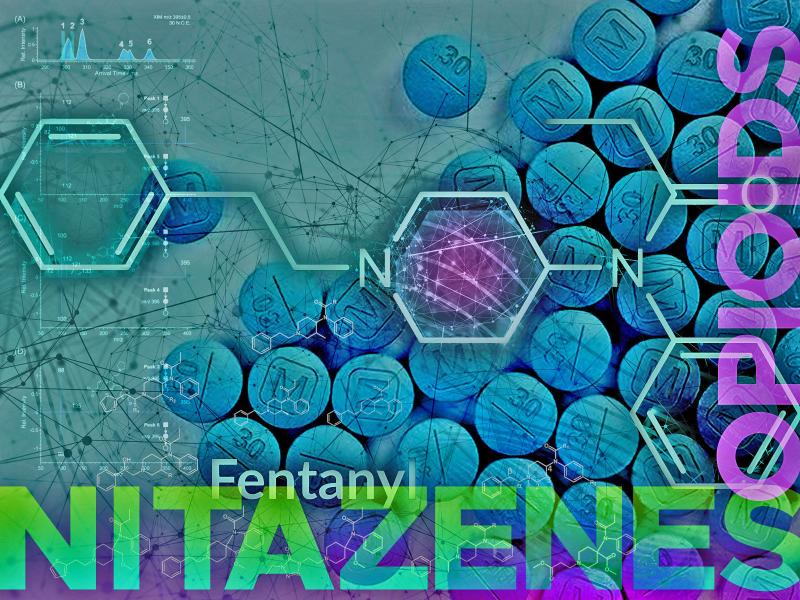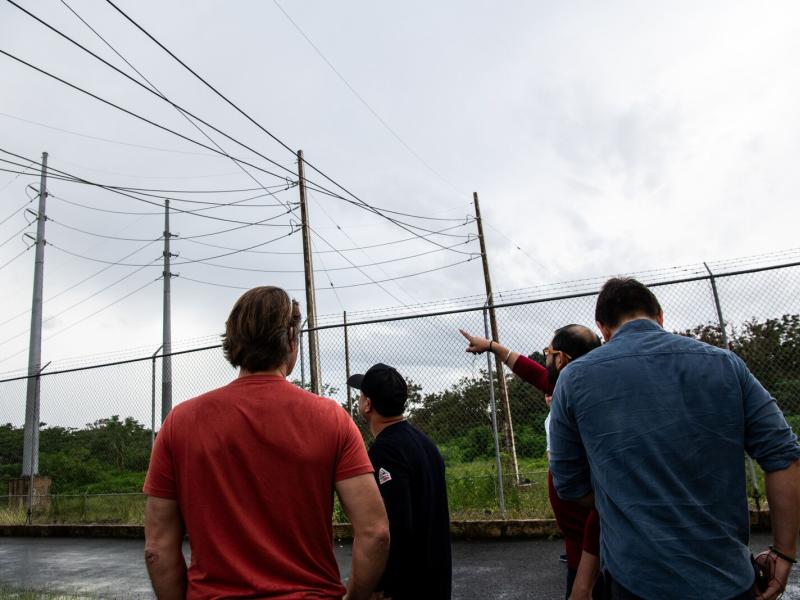
Emergency
Response
Emergency
Response
Responding to grid-
related emergencies
Responding to grid-
related emergencies
Widespread power outages have shut down businesses, disrupted the lives of millions of people, cost the economy tens of billions of dollars, and threatened public safety. In a nationally declared emergency, such as a natural disaster or attack that disrupts electricity delivery, the Department of Energy (DOE) is responsible for coordinating government and private sector response and recovery efforts. The DOE’s goals are to reduce the magnitude and duration of disruptive events, keep critical functions operating despite shocks, manage disruptions as they unfold, and get back to normal as quickly as possible.
As a national laboratory in service to the nation, PNNL's mission includes grid-related emergency response. PNNL develops resources and tools to help the energy sector better anticipate and protect against disruptions and to respond effectively to emergencies when they do happen.
When disaster strikes, and the power grid is disrupted, trained responders from PNNL travel to emergency sites to support recovery efforts. Where power is lost—such as with downed transmission lines—or generation goes offline, the goal is to restore electricity to critical operations as quickly and safely as possible. In such cases, PNNL experts join centralized emergency response centers, communicating with utility workers and other responders in the field to help expedite restoration of service and rebuild energy infrastructure.

The electric grid is our most complex—and essential—machine.
Learn how the grid powers America
For example, extreme weather is the top contributor to large-scale grid outages. During and after weather emergencies, PNNL’s Automated Damage Assessment Tool helps operators and crews understand quickly the extent of infrastructure damage so that repairs can be located and prioritized. The tool uses remote sensing imagery and meteorological data to detect and display damaged areas such as flooding, rubble, and other land-cover changes. The images show areas of a utility’s territory that have been damaged by high winds or tornadoes, areas that are flooded and inaccessible, and areas that have damaged vegetation and likely downed lines from ice storms.
Anticipating and preventing emergencies
Utilities also require more effective ways of anticipating potential disruptions and stopping them from spreading into widespread outages. PNNL’s advanced software tools help utilities keep the grid stable under the most challenging conditions.
PNNL’s Dynamic Contingency Analysis Tool helps utilities anticipate and manage power and grid instability during extreme events. The software enables operators to see and reinforce weak spots on the grid to stop cascading power losses or blackouts. Agencies and utilities have also used this tool to prioritize restoration activities and investments for resiliency. PNNL’s Mode Meter tool identifies and analyzes oscillation modes to help operators understand where to take remedial action when a power system approaches unstable conditions. The Shared Perspectives tool enables electric utilities in different service areas to see a combined view of their service territories in real time, thereby accelerating restoration response.
Other PNNL-developed software tools determine whether microgrids can operate successfully with their current generation and load mix under extreme scenarios. During an emergency, this information provides needed clarity for utilities striving to balance electricity demand with supply, while keeping power flowing to critical infrastructure, such as hospitals and emergency services.
Cyberattacks present another disruptive threat to energy services. PNNL works with government and industry on new ways to detect, thwart, and minimize the impact of these constantly evolving attacks.

